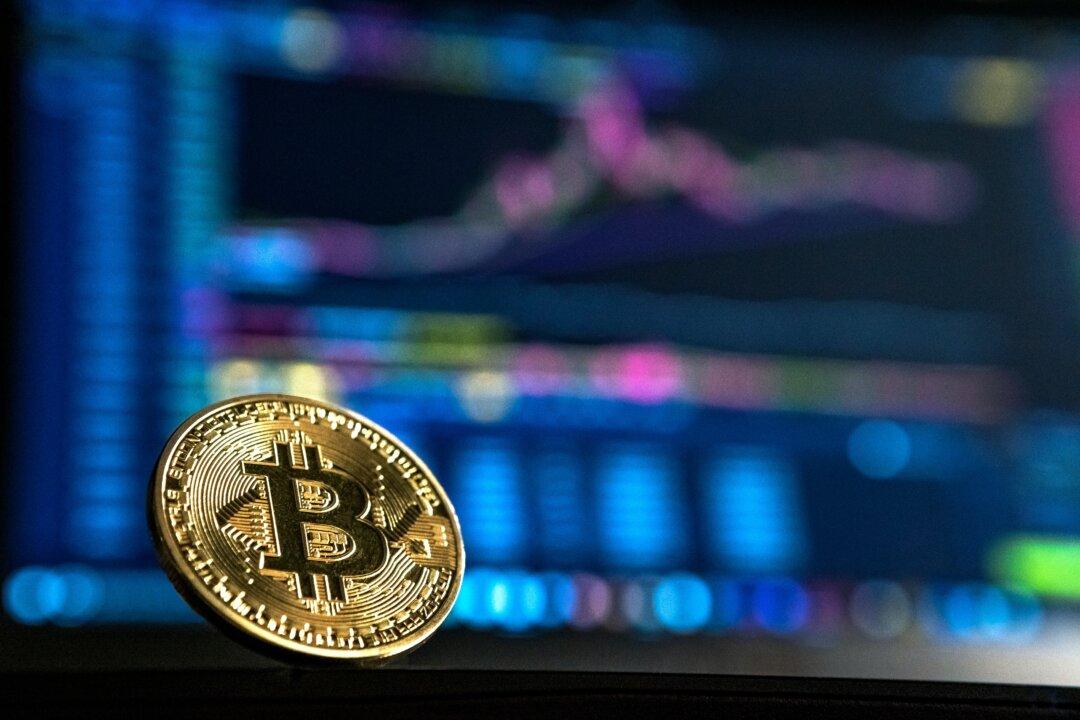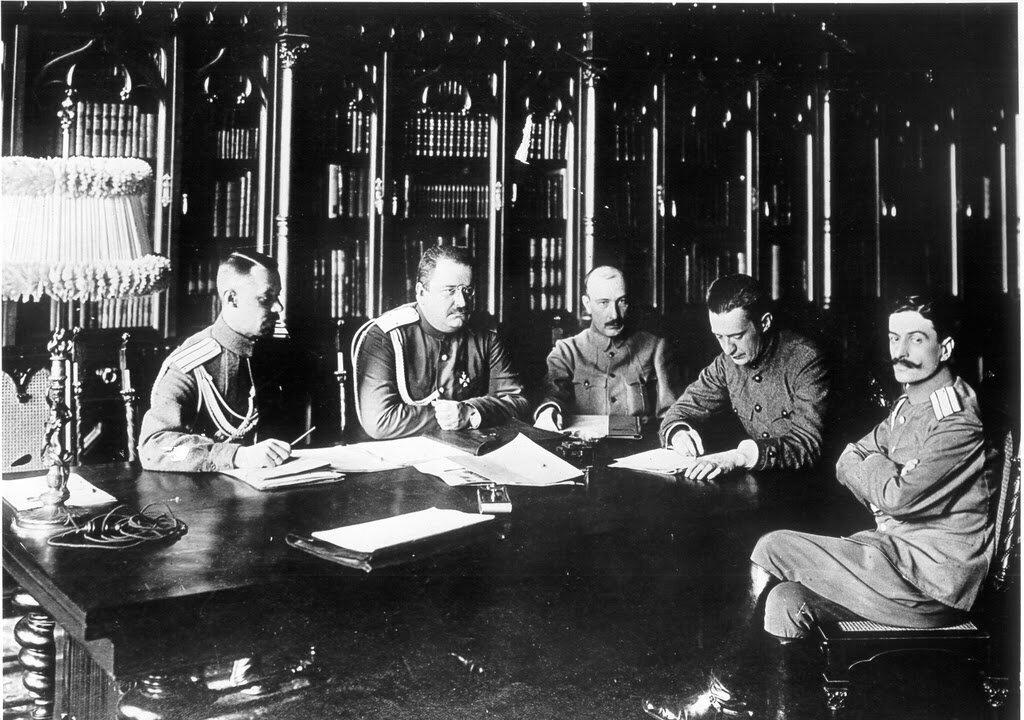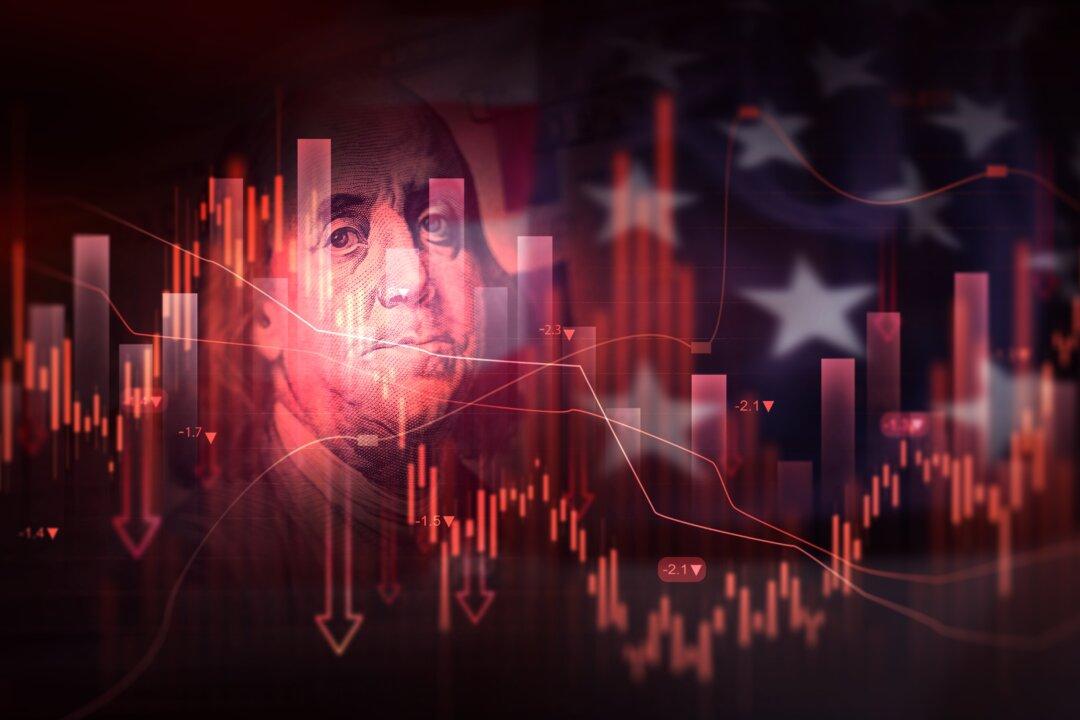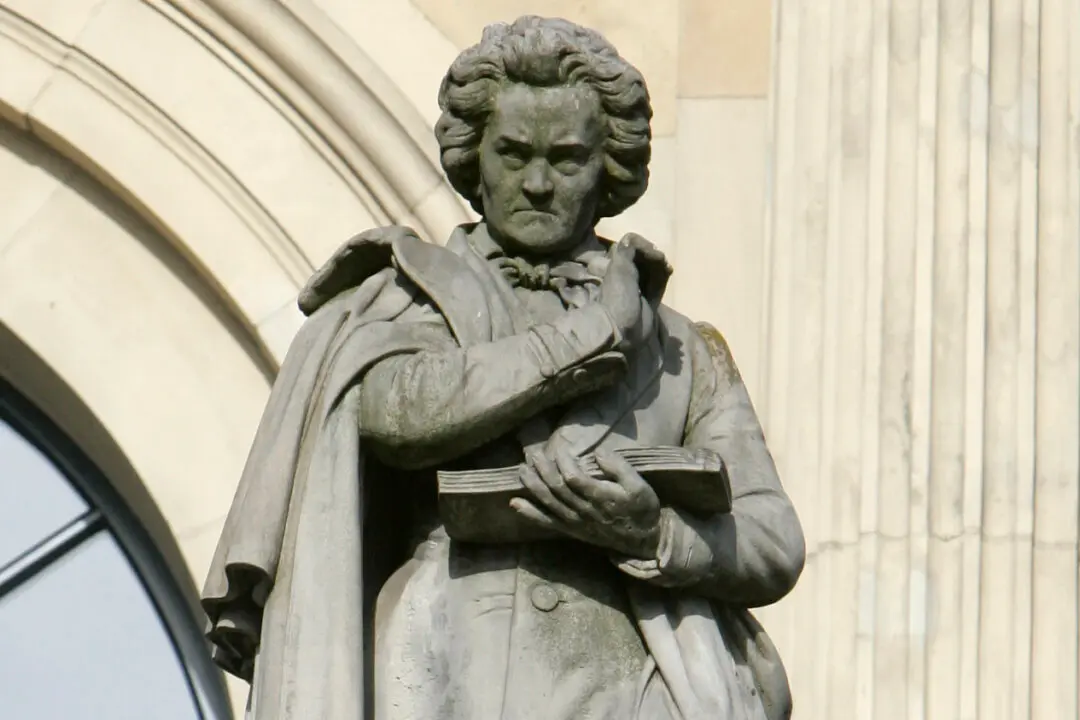Commentary
Everyone is talking about Bitcoin again because the price is up, even way up: $34.5K. There are huge earnings here but with a caveat: you have to buy low. If you bought at $65K as many people did a few years ago, you are still down by half. If you bought at $15K as hardly anyone did, you are doing extremely well. There is no sure thing, despite what the boosters say.





